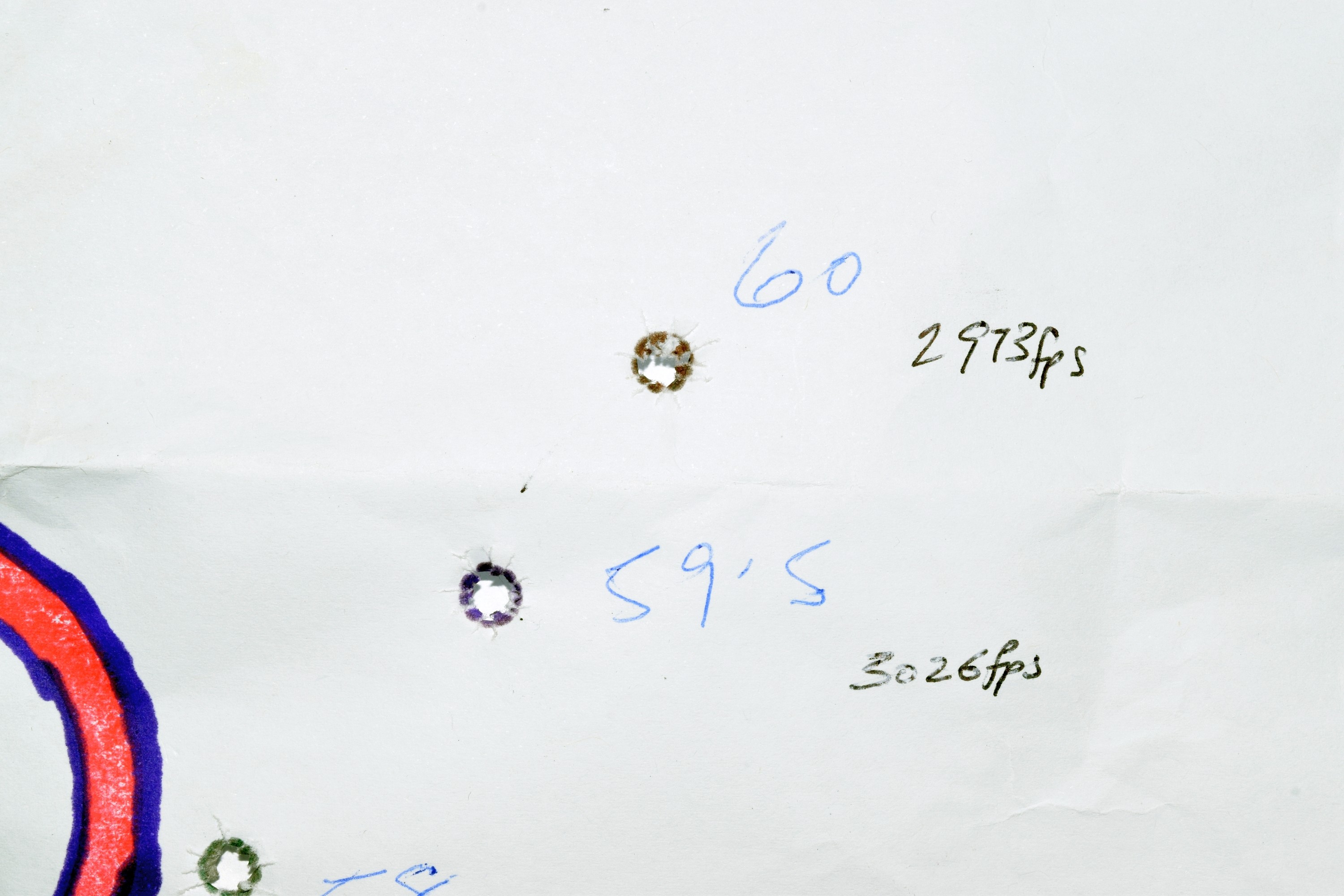
Marcus O’Dean draws a line between two distinctly different philosophies of handloading.
Reid Hjorth is a mate with whom I have hunted and broke bread and he wrote a column for Sporting Shooter for a while. He is a lovely fellow without artifice – AKA he is genuine and does not bullshit. When I visited him early in the friendship, he showed me his reloading setup. I asked him a few questions and it became clear that his philosophy on handloading was pretty simple. He said that he did not spend dollars and a lot of time developing loads as he was a hunter, not a target shooter. He would choose his projectile, look up a starting load using ADI powder, load up three of each in increments approaching maximum and whatever shot the best group with a good margin of safety, that was his all-season hunting load.
Now I target shoot a lot and I have spent a lot of time, resources and energy over the years playing around with different rifles developing accurate, sometimes very accurate loads for pretty much all my centrefire rifles. I admit that part of my motivation is competitive, but handloading need not become an expensive, painstaking chore.

I recall buying a .303 many years ago, scoping it with a low-power variable in order to help control ferals on my sister’s property and, soon after, acquiring a Lee Loader, bottle of AR 2206, some Taipan 150gn bullets and some primers. I then proceeded to load 50 new brass with the recommended Lee Dipper. Then I went bush to Julie’s place and proceeded to shoot a 5-shot 3/4-inch group with it at around 80 metres. Then I went out hunting and shot goats, pigs and foxes at every opportunity. This started me on the long handloader’s road of acquisition of tools, brainspace devoted to making the most accurate loads I can and trying to prove my methods correct. It starts to get a bit wearying when you prefer to hunt over punching paper. Funnily enough, every so often, I drag out a Lee Loader and just load up some target OR hunting ammo just to go back to those heady, simple days, when I could climb mountains, langlauf all day, run 10km at the drop of a hat, dive to 50 feet with a snorkel and swim 5km. Memories …
More lately, having been immersed in lots of handloading for years, when I draw a bead on an animal, the last thing on my mind is how will the handload go – I do not think of it at all. All I do is think really hard about pulling off an instant, humane kill while concentrating on basic shooting skills, acquiring, breathing, squeezing and following through. Apart from a quick appreciation of terminal bullet performance, I congratulate myself on a well-directed shot and think not a whit about the handload. If I made my own bullet mould, mined my own lead, antimony and tin and cast my own bullets, then I could be really proud, but I owe my successes to Sierra, Speer, Woodleigh and any number of other fine bulletmakers.

Recently, I got a bee in my bonnet. I came across various sources that revealed that Reloader 26, which I did not have, produced over 3,000fps with a 150gn bullet in the .270 Winchester. Now I may be able to produce screaming velocity and energy from my 24-inch barreled Bergara, which had until then produced very healthy safe-pressure loads with 130gn bullets. I chose the 150gn Woodleigh PP SN, bought some and a bottle of Re26 and started down a rocky path, uncharted territory – this is what hard-core handloading is all about in my mind.
Why uncharted? Because Woodleigh do not publish cartridge overall lengths (COAL) in their manual and I had never loaded 150s in the .270. I proceeded to load up sub-maximal loads of Re26 behind the Woodleighs, seated out to be 30-thou’ off the lands.
Then I blew primers and achieved stupendous velocity (3,100fps). Incidentally, the Bergara never exhibited sticky bolt lift, nor did its headspace increase as I still blew primers reducing the charge back to six grains below Alliant’s recommended charges with other bullets. I was frankly scared that the next shots may drive the bolt though my cheekbone, and no-one I spoke with, including Nick and Woodleigh, could shed definitive light on my problems. It was all my problem.
So I went back to tors and researched all the reloading manuals’ information on COALs for their 150gn bullets. Almost all seated them DEEP. Deeper than 130 and 140 grainers.
The Woodleigh is a flat-based bullet with a long bearing surface, where a typical spitzer boat tail has a relatively short bearing surface. Reading deeper into the problem, I thought I’d give one more fling of the dice at the Woodleigh/Re26 “solution”. I backed the COAL way back by another 80-thou’. The shot results were very gratifying with 3026fps achieved with a load half a grain under a low divined likely maximum, probably due to me switching to magnum primers. Pressure was fine, no case head expansion that I could determine using a five decimal place digital micromenter. Easy extraction and primers had plenty of annulus left.

Now I proved the above by firing a slightly bastardised ladder test at 200 metres on a mildly blustery day, one shot each of six progressively higher loads. In order to discern which shot went where on the target, I painted the ogive of each charge of cartridge I was to fire with different coloured Sharpie pens in the hope that they would paint their charge designation on the edges of the bullet holes. I did not have time to group shoot the bulk of the handload lots that week and now I was feeling more comfortable with the components, charge and COAL. The groups could be shot later.
As it happened, I went hunting with that rifle with some Woodleigh 150gn loads a few days later, with five unproven (2930fps) starting loads and, after a merry chase around a really humid south coast property, shot the deer in this article from 200 metres, resting my fore end hand on a fence wire. I had previously drawn a bead on her at about 100 metres uphill, resting over a Vanguard tripod, but I was breathing heavily with a rapid heart rate combining to make me not take the shot. About ten seconds before I would have been comfortable taking a sure, ethical shot, she bolted. When we reconnected, she had no idea I was around and I was settled, having stalked closer and executing a perfectly-placed shot.
Was I thinking about that handload not going above 3,000fps, or not grouping under the “magic 1-MoA?
Not on your Nellie!
But I will group shoot it and select the best combination of consistency and velocity. By now, it is so ingrained and I just cannot leave a job half-done.

This article appeared in the May 2019 issue of Sporting Shooter magazine.

0 Comments